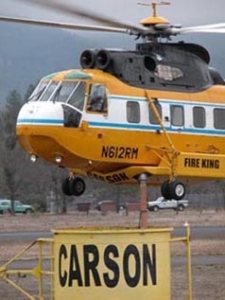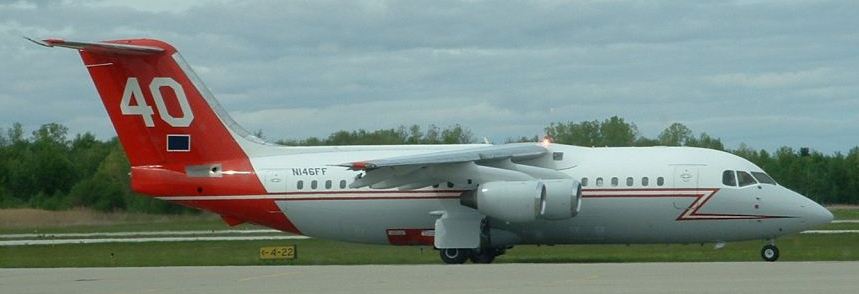
Following the 2008 crash of the Sikorsky S-61N helicopter operated by Carson on the Iron Complex fire near Weaverville, California in which nine firefighters died, it became clear that the FAA and the U. S. Forest Service had inadequate oversight of the operation of aircraft used for wildland firefighting on federal lands. Here is an excerpt from an article we wrote December 8, 2010 after the NTSB presented their findings from the investigation:
Who regulates wildfire aviation?
The answer is: nobody. The FAA claims they have no authority to regulate the aviation activities of other federal agencies or state and local governments. This authority has to be granted by Congress, which has shown no interest in becoming involved in the aviation safety of firefighters. And the federal agencies, or at least the U.S. Forest Service as proven in this accident, generally do not have the aviation expertise to inspect and regulate their own agency-owned or contracted aircraft. Good luck in trying to not think about this the next time you’re climbing into a helicopter at a fire. (Let’s see – got hard hat, gloves, line gear, tool, life insurance.)
Today the NTSB announced that they will hold a public forum on the oversight of “public aircraft operations”, which includes aircraft used by the federal government on wildland fires. Maybe something good will come out of this, but all they can do is make recommendations, and the FAA sometimes ignores recommendations made by the NTSB. And good luck getting Congress to do anything about anything.
Here is the full text of the NTSB announcement:
====================================
“FOR IMMEDIATE RELEASE: September 30, 2011
NTSB ANNOUNCES PUBLIC AIRCRAFT FORUM
The National Transportation Safety Board will hold a two-day forum on safety issues related to the oversight of public aircraft operations on November 30 and December 1, 2011, in Washington, D.C.
The event, entitled “Public Aircraft Oversight Forum: Ensuring Safety for Critical Missions,” will be chaired by NTSB Chairman Deborah A.P. Hersman and all five Board members will participate.
Public aircraft are operated by a federal, state, or local government for the purpose of fulfilling governmental functions such as national defense, intelligence missions, firefighting, search and rescue, law enforcement, aeronautical research, or biological or resource management. Government organizations conducting public aircraft operations supervise their own flight and maintenance operations without oversight from the Federal Aviation Administration (FAA).
“Our accident investigations have demonstrated the risks of inadequate safety oversight and identified persistent confusion as to the role of the FAA when it comes to public use aircraft,” said Chairman Deborah A.P. Hersman. “During the forum, we will gather information on the roles and responsibilities of the entities engaged in public aircraft operations and hear about methods for ensuring effective safety oversight.”
Recent NTSB investigations of accidents involving public aircraft include:
- the August 5, 2008, accident near Weaverville, California, involving a helicopter operated by the U.S. Forest Service on a firefighter transport mission
- the September 27, 2008, accident in District Heights, Maryland, involving a helicopter operated by the Maryland State Police as a medical evacuation flight
- the June 9, 2009, accident near Santa Fe, New Mexico, involving a helicopter operated by the New Mexico State Police on a search and rescue mission
Panelists participating in the forum will represent federal, state, and local government entities, aviation industry trade associations, and civil operators contracting with government entities. A detailed agenda and list of participants will be released closer to the date of the event.
The forum will be held in the NTSB Board Room and Conference Center, located at 429 L’Enfant Plaza, S.W., Washington, D.C. The public can view the forum in person or by webcast at www.ntsb.gov.”




